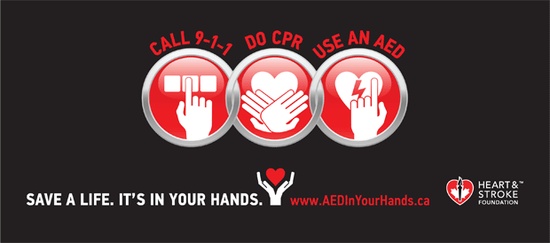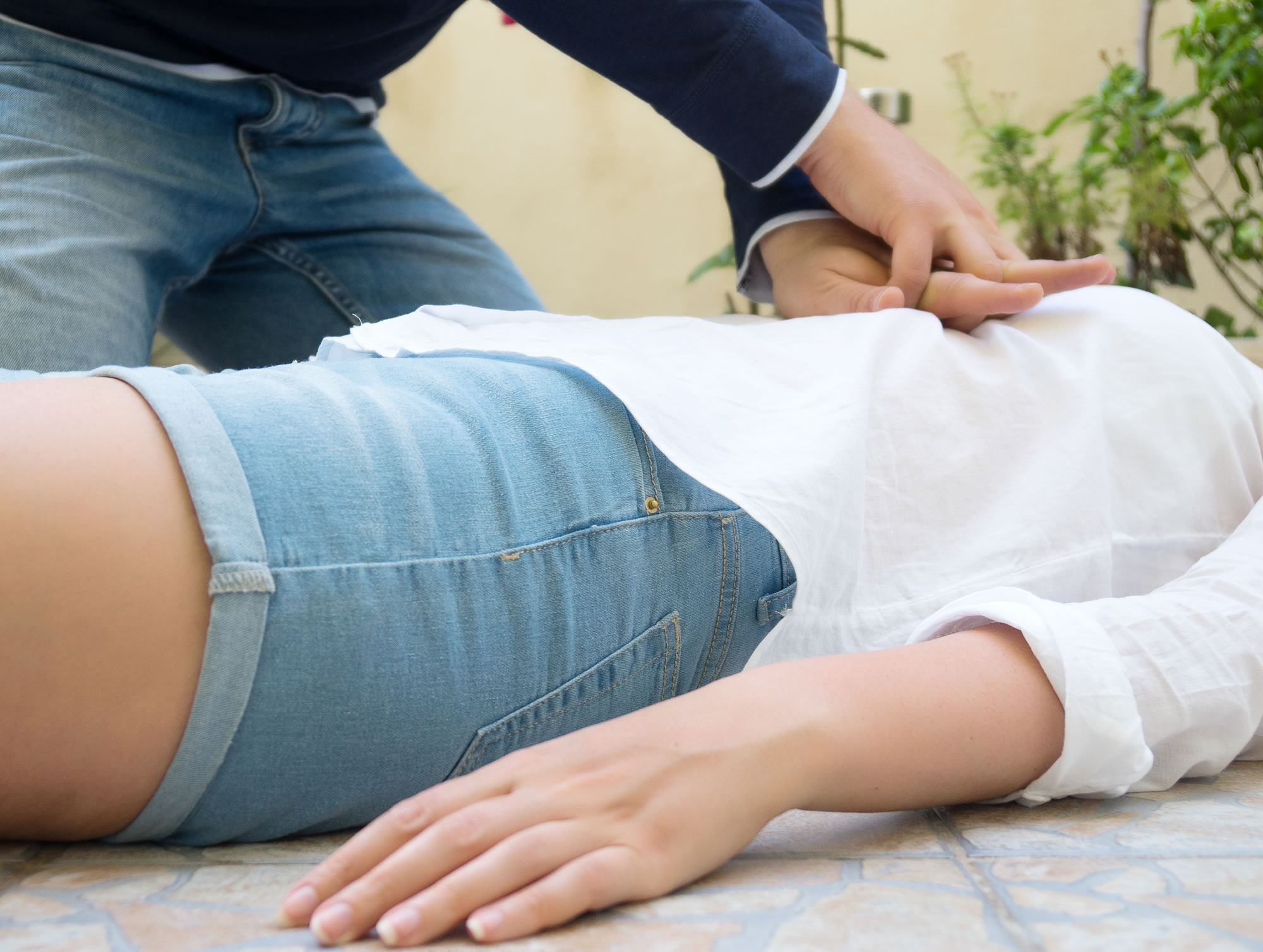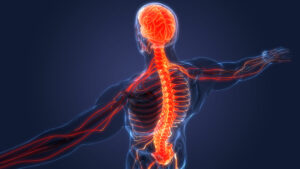Three years ago, Daphne Hodgins had a cardiac arrest while running. “I don’t remember what happened … Apparently I stopped running, there was something wrong, fell to my hands and knees and then passed out.”
Lucky for Daphne, a fellow runner immediately began CPR and saved her life.
But everyone is not as lucky as Daphne. In BC, cardiac arrest kills 2000 people a year. This is 13 times the number killed in car accidents.
Unlike a heart attack, cardiac arrest usually strikes without any warning. If quick action is not taken, death is inevitable.
A Heart and Stroke Foundation survey found that 86% of Canadians would perform CPR if the need arose, but only 30% of victims actually receive bystander CPR. Shelley Parker, head of resuscitation programs for the Heart and Stroke Foundation says bystanders hesitate because they do not have proper CPR training.
In response to this, The Heart and Stroke Foundation launched a mobile app called Call.Push.Restart (CPR). This app teaches people how to save a life after cardiac arrest.
Call 911 and shout for others to find an AED (defibrillator).
Push hard and fast- about 120 times per minute on the centre of the victim’s chest with both hands.
Restart the heart when the AED arrives.

For More Information
- Could you Save a Life?, Heart and Stroke Foundation
- Heart and Stroke Foundation Brings Basic CPR Training to your Smartphone, CBC News
- Mobile App Teaches How to Save a Life After Cardiac Arrest, The Vancouver Sun







